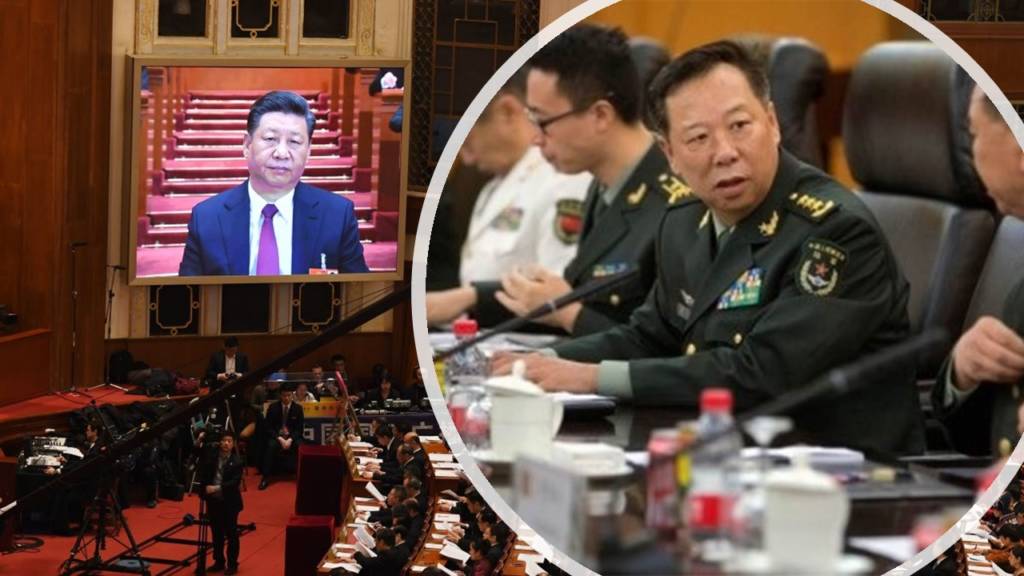Japan seems to have successfully burst the Chinese Communist Party’s fake power bubble, days after China threatened to intrude hordes of fishing boats into the waters of Japan’s Senkaku Island chain. Beijing’s provocations had met a befitting reply from Japan, which had put its military on standby and weaponised Chinese aggression in South China. Japanese Defence Minister Kono had said, “Anyone who is trying to change the status quo by force needs to be forced to pay a high cost.”
Now, the city governments of Fujian and Zhejiang provinces of China have asked their fishermen to desist from entering Japanese waters. It is clear that either the local authorities are not on the same page as the CCP or else the CCP was itself scared to give effect to its threats and used the city governments as a proxy to silently give up on its Senkaku ambitions.
According to Japan Times, Chinese fishermen have stated that they have been told by the city governments of Fujian and Zhejiang provinces to not sail within a distance of 55 kilometres of the uninhabited Senkaku Islands. The Japanese daily has quoted a 40-year old Chinese fisherman as saying that the Senkaku islands are “actually controlled by Japan”. The fisherman added, “I don’t want to go there that much.”
The abrupt change in China’s Senkaku Islands strategy reaffirms that the local authorities and the Chinese PLA are the ones who have to pay up for the CCP’s territorial expansion plans and this is what often causes friction in China’s strategic circles. This friction is what possibly led to China’s about-turn on the Senkaku Islands.
Moreover, it is also quite possible that the PLA might have used its influence to get the local authorities to hold back Chinese fishermen. The Senkaku Islands are a strategic goal for the CCP because of their location which is far away from Japan and close to China. The CCP feels that the Senkaku Island chain is a major security advantage for Tokyo.
China has not relinquished its claims on the archipelago even after Japan purchased it from a private owner in the year 2012. Beijing continues to exert pressure around the strategically located Senkaku Islands and only recently Chinese vessels were hovering around the Senkaku islands for a record 111 days and left only because of a typhoon.
However, the PLA or the local authorities who would have been the first ones to bear a Japanese retaliation seem to have been at loggerheads with the CCP. The local authorities and the PLA- the Chinese Communist Party’s armed wing seem to understand that they were being sacrificed by Beijing for its revisionist interests.
And if the PLA or the local authorities have played spoilsport over Jinping’s Senkaku ambitions, then it wouldn’t certainly be the first time that the PLA and the CCP will end up militating against each other. As the CCP has grown belligerent, the PLA seems to have walked down a completely different path several times. Case in point being: Taiwan and the South China Sea.
The ‘One China Principle’ and reunification of Taiwan forms a top agenda of CCP’s policy. The Chinese Foreign Ministry frequently rakes up Taiwan, but the PLA veterans have been warning Xi Jinping against any plans to take Taiwan by force. A retired PLA Major General recently said, “China’s ultimate goal is not the reunification of Taiwan, but to achieve the dream of national rejuvenation so that all 1.4 billion Chinese can have a good life. Could it be achieved by taking Taiwan back? Of course, not.”
Moreover, within the South China Sea, the PLA remains worried about ‘accidental’ clashes with American military assets and has even asked its ground troops “not to fire the first shot”. On the other hand, the CCP keeps dismissing American deployments as “paper tigers”.
Therefore, the differences between PLA and the local authorities have shown up on all three fronts- the South China Sea, Taiwan and the Senkaku Islands.
The CCP can keep making provocations from Beijing, but the PLA which is deployed in field areas knows that China cannot handle multiple fronts with powers like the US, India and Japan surrounding it from all sides. Such deep differences in Chinese strategic circles are therefore causing frequent embarrassments for the CCP.
